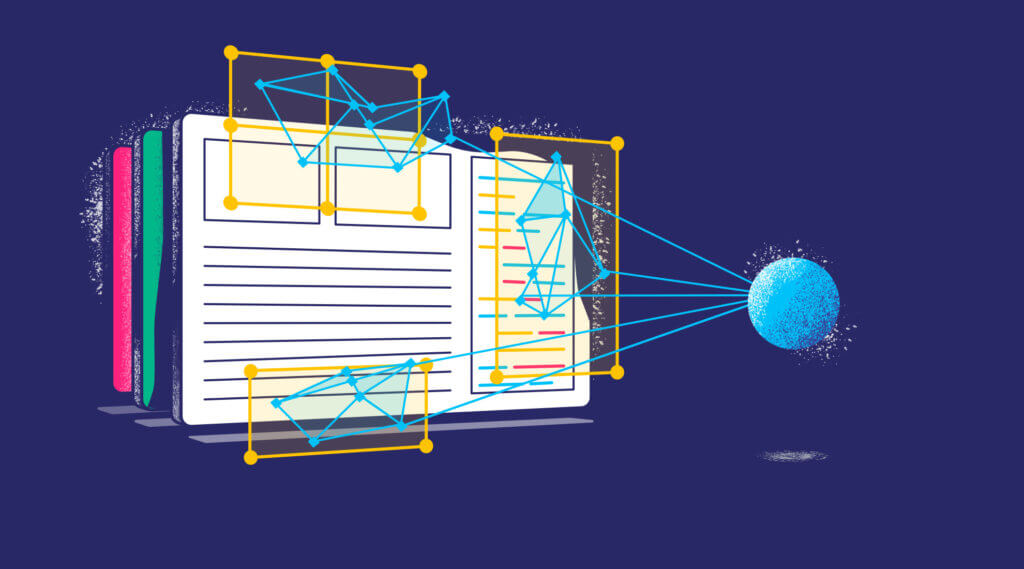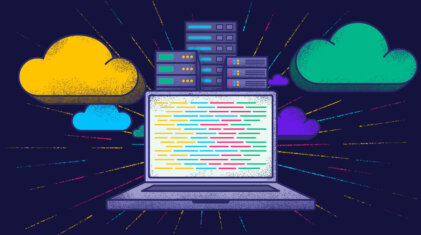CDN Logs – The 101 Guide
A Content Delivery Network (CDN) is a distributed set of servers that are designed to get your web-based content into the hands of your users as…
Whether you are just starting your observability journey or already are an expert, our courses will help advance your knowledge and practical skills.
Expert insight, best practices and information on everything related to Observability issues, trends and solutions.
Explore our guides on a broad range of observability related topics.


Your log monitoring solution works through millions of lines of logs, which makes implementing a machine learning solution essential. Organizations are turning to machine learning log alerts as a replacement or enhancement of their traditional threshold alerts. As service uptime becomes a key differentiator, threshold alerts are only as good as your ability to foresee an issue.
Threshold alerts are a simple concept to grasp. Threshold alerts tell you when a precise condition occurs, or when a value passes a threshold. You could define a threshold alert to notify you before your CPU usage reaches a critical level. The problem with threshold alert scenarios is that the problem is already well underway by the time you are alerted. It relies on whoever sets the alerts having universal system knowledge of every problem that is likely to occur in a particular system or architecture and the events that lead to those problems.
It’s 3 am and you’re an engineer on the infrastructure team of an eCommerce scale-up. You wake up to see your phone buzzing with two separate messages. One from your CTO saying that the site has massive performance issues. One from your alerting service, notifying you that your threshold alert for 50 Apache error logs per hour was surpassed 25 minutes ago. Now you are aware of the problem, you can remediate it. Alas, you still face two real issues.
How do I know about user experience issues before it costs my organization money or reputation? Secondly, how can I make alerts for every worst-case scenario, before it happens?
A log analysis machine learning solution to your log alerts ensures that you know about critical events before they happen. No two systems are exactly the same. Threshold-based alerts rely on a universality of circumstances and requirements, which doesn’t hold true in practice. The best machine learning log alerting solutions will learn the “known” error logs that are ultimately ignored.
A machine learning solution removes the need to predict the future and allows you to release changes with confidence.
When it comes to machine learning, you have two options – develop in-house or buy out of the box.
The former can seem like an attractive option: you know what you need to know from your log outputs, you know the common issues that your system faces – you know what good looks like for your organization. However, it’s rare to find a business that can make this a cost-efficient exercise. Hiring, onboarding, and integrating your new machine learning team is extraordinarily expensive. Unless you’re a machine learning shop, the investment is steep.
Not only is Coralogix cost-efficient, but you’re also working with a provider that has market-leading expertise in log and data solutions, what looks good, and what stops systems from running at peak performance.
Coralogix processes billions of logs per day, so we know how best to manage and understand the outputs that your system generates. As experts in logs, outputs, and system effectiveness, our machine learning-driven log alerting system is a tool built on a foundation of deep learning, data, and intelligent algorithms.
Coralogix’s machine learning solutions respect two of the key considerations when looking at log alerts. Noisy alerts cause log fatigue. By identifying the delta between new alerts, new errors, and critical alerts, Coralogix’s Loggregation will baseline your organization’s outputs and flag new and more important alerts.
Coralogix’s Dynamic Alerts uses machine learning and your logs to analyze what is “different to the norm” for your organization, regardless of more static monitoring thresholds. You may see a certain spike in usage, capacity or network load at given times of the day, or after at a particular time in your release cycle. Dynamic Alerts allow you to tailor your alerts to your system, usages, and needs. All of this helps maintain system uptime, detect and prevent errors faster, and save your organization money and reputation in delivering a standout service, product, or solution.

A Content Delivery Network (CDN) is a distributed set of servers that are designed to get your web-based content into the hands of your users as…

Two popular deployment architectures exist in software: the out-of-favor monolithic architecture and the newly popular microservices architecture. Monolithic architectures were quite popular in the past, with…

Cloud vendor lock-in. In cloud computing, software or computing infrastructure is commonly outsourced to cloud vendors. When the cost and effort of switching to a new…
